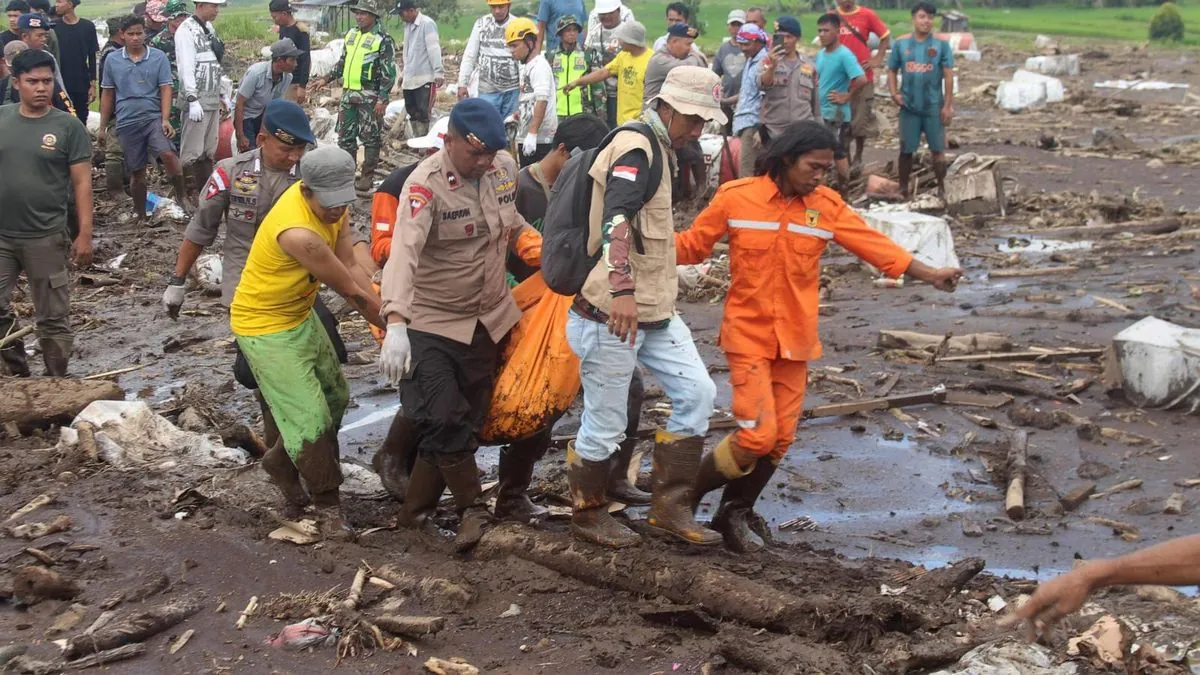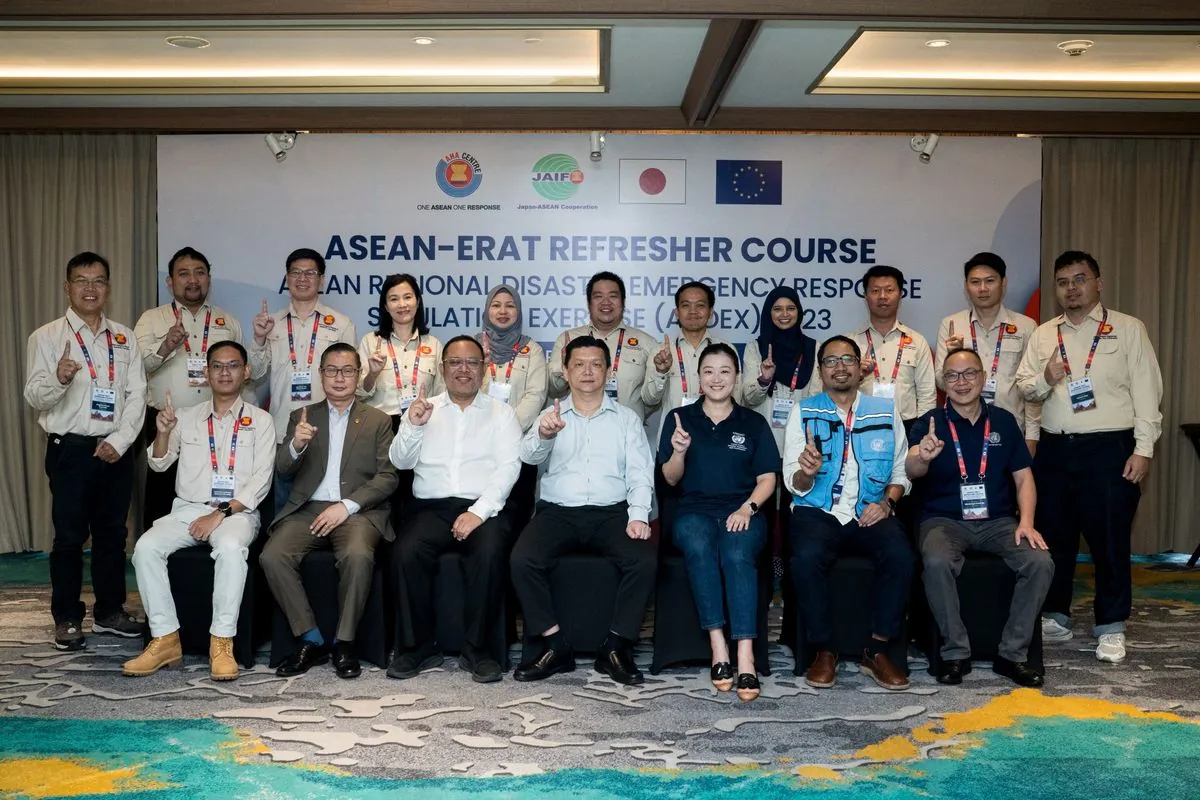Southeast Asia Leads in Disaster Preparedness, Global Survey Reveals
A recent Gallup survey shows Southeast Asians feel well-equipped to handle natural disasters despite frequent exposure. The region's success is attributed to effective strategies and investments in disaster risk management.

A recent Gallup survey conducted for the Lloyd's Register Foundation has revealed that Southeast Asia, despite being highly prone to natural disasters, leads globally in perceived disaster preparedness. The findings, released on August 8, 2024, highlight the region's remarkable resilience and effective disaster management strategies.
Benedict Vigers, a research consultant with Gallup, emphasized that frequent exposure to hazards is not the sole determinant of preparedness. The Association of Southeast Asian Nations (ASEAN) has played a crucial role in disaster risk reduction since its establishment in 1967. The region's success can be attributed to comprehensive approaches, including effective early warning systems, community-based initiatives, regional cooperation, and access to disaster finance.
The survey results indicate that 40% of Southeast Asian respondents experienced a natural disaster in the past five years. Remarkably, 67% felt well-prepared to protect their families, and 62% had emergency plans in place. These figures surpass those of other regions, including North America and Europe, despite Southeast Asia's higher vulnerability to natural hazards.

Interestingly, the study suggests that wealth is not a decisive factor in disaster response and preparation. Ed Morrow, senior campaigns manager for Lloyd's Register Foundation, noted that Southeast Asia, primarily composed of lower-middle-income countries, has much to teach the world about disaster preparedness.
The Philippines stands out globally, with 87% of respondents reporting experience with natural disasters in the past five years. This high exposure is not surprising, considering the country faces an average of 20 typhoons annually. The Philippines, along with Vietnam, Cambodia, and Thailand, ranked among the top countries for household disaster planning.
In contrast, countries like Egypt, Kosovo, and Tunisia reported the lowest proportion of households with disaster plans. This disparity highlights the importance of proactive disaster risk management, even in regions with lower disaster frequencies.
The World Risk Poll, conducted biennially, provides valuable data for governments, regulators, businesses, NGOs, and international bodies to inform and target policies that enhance public safety. The survey's methodology included interviews with approximately 1,000 respondents aged 15 and above in 142 countries, with a larger sample size in China.
As climate change continues to increase the frequency and intensity of natural disasters globally, the lessons from Southeast Asia's preparedness become increasingly relevant. The region's success demonstrates the effectiveness of comprehensive disaster risk reduction strategies, as outlined in the Sendai Framework for Disaster Risk Reduction 2015-2030.
By investing in early warning systems, which can reduce disaster-related mortality by up to 30%, and implementing community-based disaster risk reduction programs, other regions can improve their preparedness levels. Additionally, the growing field of disaster risk financing offers promising solutions for managing the financial impact of natural calamities.
As the world faces increasing environmental challenges, Southeast Asia's approach to disaster preparedness serves as a model for global resilience and adaptation.


































